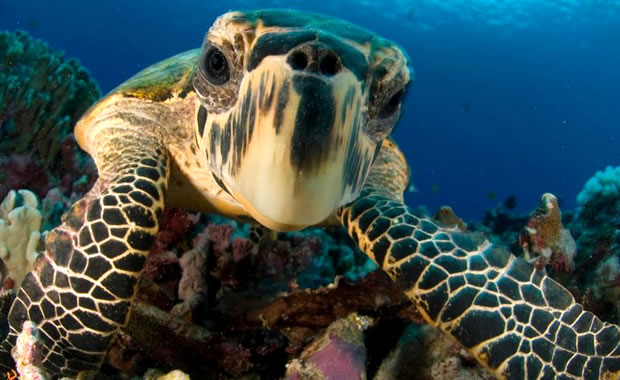
|
Advertisement
|
| Drosophila aglaia |
| Drosophila differens |
| Drosophila hemipeza |
| Drosophila heteroneura |
| Drosophila montgomeryi |
| Drosophila musaphila |
| Drosophila neoclavisetae |
| Drosophila obatai |
| Drosophila ochrobasis |
| Drosophila substenoptera |
| Drosophila tarphytrichia |
Creature Profile
Eleven pomace fly species are listed as endangered, and they are all found in Hawaii. These Hawaiian fruit flies are also called picture-wing flies because of their decorative wing patterns. Members of the Drosophila genus are found all over the world and most are very small, but Hawaiian fruit flies are generally larger than the common house fly. They are typically pale yellow to reddish brown to black in color with red eyes and clear wings with distinct black patterns. The average length is 0.17 to 0.25 inches.
Specific habitat requirements for Hawaiian pomace flies vary from dry to wet forests. Each species is found only on a single island of Hawaii, and the young hatchlings (larvae) depend on a single or a few related species of native host plants. Some of these plants include 'oha wai (Clermontia clermontioides), opuhe (Urera spp.), and 'ohe (Tetraplasandra spp.). The larvae may feed on rotting leaves of the plants, bark, flowers, fruit, and even spider eggs. Breeding occurs year round, but eggs and larvae development mainly occur during the rainy season. Male Hawaiian pomace flies are known for their head-to-head combat in order to control territories and find breeding mates. The life cycle of this species is typical of most flies. Females lay between 50 and 200 eggs on the same plant that they hatch from. As the larvae grow, they shed their skin while feeding on the host plant. When fully grown, they change into pupae and eventually emerge as adults. Adults live for only one to two months.
This species is threatened by loss of habitat, and their host plant species are also threatened for many reasons, such as destruction by non-native animals (pigs, goats, cattle, and rats). The host plants are also in competition with nonnative plants, and they suffer from habitat degradation. The flies are also threatened by introduced predatory species, such as the yellow jacket wasp (Vespula pensylvanica) and several ant species. All remaining habitat of this species is legally protected, and recovery efforts include continued study of the species and its habitat requirements, and legal protection of some of their host plants.
Wikipedia Article

|
Wikipedia Article Copyright Notice: This article is licensed under the GNU Free Documentation License. It uses material from the Wikipedia article "Drosophila". |
Status/Date(s) Listed as Endangered
| Scientific Name | Status | Listing Date | Range | |
| 1. | Drosophila aglaia | EN-US FWS | May 9, 2006 | Hawaii |
| 2. | Drosophila differens | EN-US FWS | May 9, 2006 | Hawaii |
| 3. | Drosophila hemipeza | EN-US FWS | May 9, 2006 | Hawaii |
| 4. | Drosophila heteroneura | EN-US FWS | May 9, 2006 | Hawaii |
| 5. | Drosophila montgomeryi | EN-US FWS | May 9, 2006 | Hawaii |
| 6. | Drosophila musaphila | EN-US FWS | May 9, 2006 | Hawaii |
| 7. | Drosophila neoclavisetae | EN-US FWS | May 9, 2006 | Hawaii |
| 8. | Drosophila obatai | EN-US FWS | May 9, 2006 | Hawaii |
| 9. | Drosophila ochrobasis | EN-US FWS | May 9, 2006 | Hawaii |
| 10. | Drosophila substenoptera | EN-US FWS | May 9, 2006 | Hawaii |
| 11. | Drosophila tarphytrichia | EN-US FWS | May 9, 2006 | Hawaii |
October 20, 2007
Glenn, C. R. 2006. "Earth's Endangered Creatures - Pomace Fly Facts" (Online). Accessed 4/17/2024 at http://earthsendangered.com/profile.asp?sp=772&ID=7.
Need more Pomace Fly facts?




